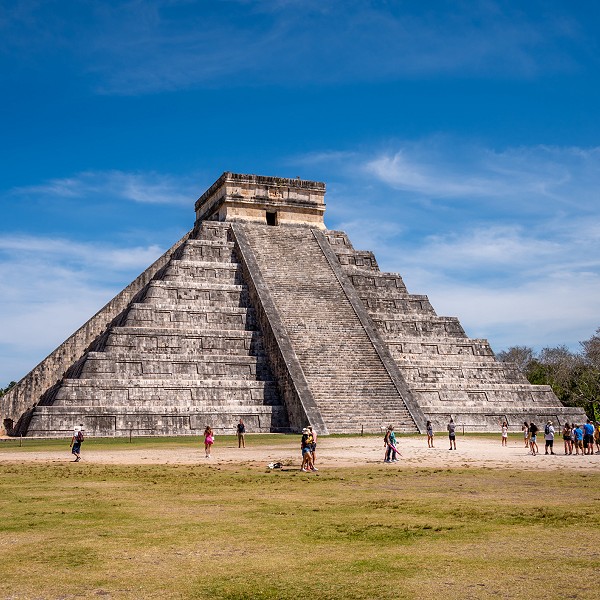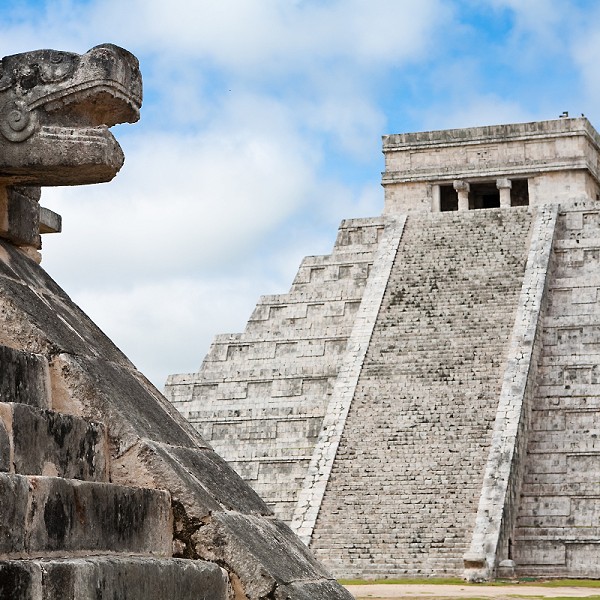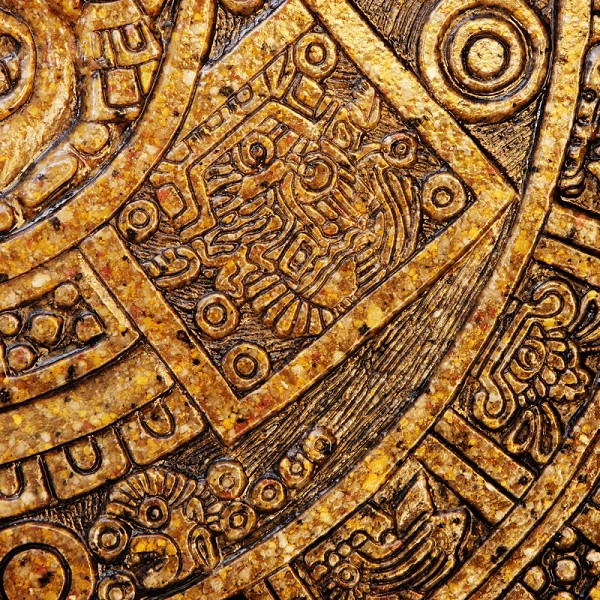In the verdant landscapes of Quintana Roo, where contemporary marvels like Cancun and Costa Mujeres now flourish, a labyrinthine tapestry of history and mythology, intricately interwoven with the ancient Mayan civilization, unfolds. Revered for their intricate calendar, awe-inspiring architecture, and profound astrological systems, the Mayans also paid homage to a pantheon of deities as multifaceted as the culture they shaped. These divine beings held sway over various facets of existence, from the agrarian cycles to meteorological forces, from martial endeavors to the mysteries of the underworld. As we embark on a mystical journey through the 20 most pivotal gods of Mayan lore, we glimpse into the spiritual cosmos that underpinned one of history's most enigmatic civilizations.
1. Itzamná
Often heralded as the paramount deity of the Mayan pantheon, Itzamná reigned as the god of creation, the celestial sovereign of day and night, a harbinger of wisdom, and the patron of arts and sciences.
2. Kukulkán/Quetzalcóatl
Revered as Kukulkán in Yucatán and Quetzalcóatl in Aztec tradition, this feathered serpent deity symbolized the divine union between Earth and sky, epitomizing the domains of wind, air, and knowledge.
3. Chaac
The essential god of rain, Chaac held the key to agricultural prosperity, wielding a lightning axe that he'd employ to beseech the clouds, conjuring life-giving rain.
4. Ix Chel
The ethereal goddess of the Moon, childbirth, fertility, and the healing arts, Ix Chel stood as a guardian of women, particularly during the sacred threshold of childbirth.
5. Yum Kaax
The patron deity of the untamed wilderness, agriculture, and the natural world, Yum Kaax safeguarded both flora and fauna, a benevolent overseer of crops and creatures, adored by farmers.
6. Ah Puch
Ah Puch, the dread lord of death and the subterranean realm of Xibalba, assumed the visage of decay and catastrophe, a skeletal harbinger of mortality.
7. Ek Chuaj
As the martial deity, Ek Chuaj held sway over warfare, commerce, and the cherished cacao harvest, often portrayed bearing a satchel and a spear.
8. Kinich Ahau
The radiant sun god, often incarnated as a potent ruler or a jaguar, Kinich Ahau ruled over music and poesy, bestowing creative inspiration.
9. Ix Tab
A somber figure, Ix Tab, the goddess of the gallows, was intertwined with the solemnity of suicide, guiding the souls of those who chose this path.
10. Bolon Tzacab
Also known as God K, Bolon Tzacab, with his leafy nasal appendage, presided over agriculture, especially the maize crop.
11. Hunab Ku
The supreme deity, the ultimate creator, Hunab Ku was the gatekeeper to otherworldly realms, a divine nexus of origin.
12. Bacab
The four Bacabs, celestial gods who bore the firmament, each represented a cardinal direction and a distinct hue.
13. Gucumatz
Resembling Kukulkán, Gucumatz embodied the essence of a feathered serpent, symbolizing creation and vitality.
14. Zipacna
The architect of mountains and the underworld, Zipacna often took the form of a colossal crocodile-like entity.
15. Ixchel
The vibrant goddess of the rainbow, Ixchel was aligned with water, fertility, and childbirth, frequently depicted carrying a serpent.
16. Kinich Kakmo
As a solar deity, Kinich Kakmo manifested as a fiery macaw, presiding over the sun and warfare.
17. Ah Muzen Cab
The god of bees and honey, Ah Muzen Cab held significance in a culture that esteemed honey both as nourishment and a valuable trade commodity.
18. Chibirias
The god of agriculture, Chibirias was particularly entwined with the maize lifecycle.
19. Acan
The deity of wine and inebriation, Acan, often embodied as a youthful trickster, sowed mischief.
20. Kisin
Linked to earthquakes and adorned with jaguar-like attributes, Kisin reigned as a god of the subterranean realm.
These divine entities cast a profound influence over the daily lives and spiritual tenets of the ancient Mayans. As one explores the mystical remnants of Cancun, Quintana Roo, or Costa Mujeres today, the spectral presence of these age-old deities reverberates through the ruins and persists in the enduring cultural fabric of the region's descendants. By unraveling the mysteries of these gods, we gain deeper insight into the opulent legacy and intricate cosmology of the Mayan civilization, adding yet another layer of fascination to the captivating tapestry of the Yucatan Peninsula.


 Beaches
Beaches
 Costa Mujeres
Costa Mujeres
 Food
Food
 Golf
Golf
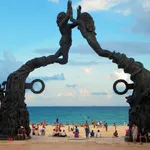 Getting Around
Getting Around
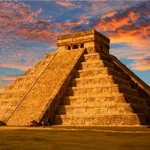 Heritage
Heritage
 Nightlife
Nightlife
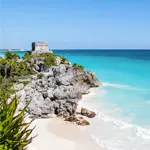 Places to Visit
Places to Visit
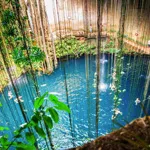 Things to do
Things to do
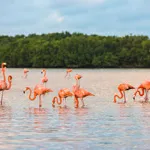 Wildlife
Wildlife
 Weather
Weather
 Flights to Cancun
Flights to Cancun
